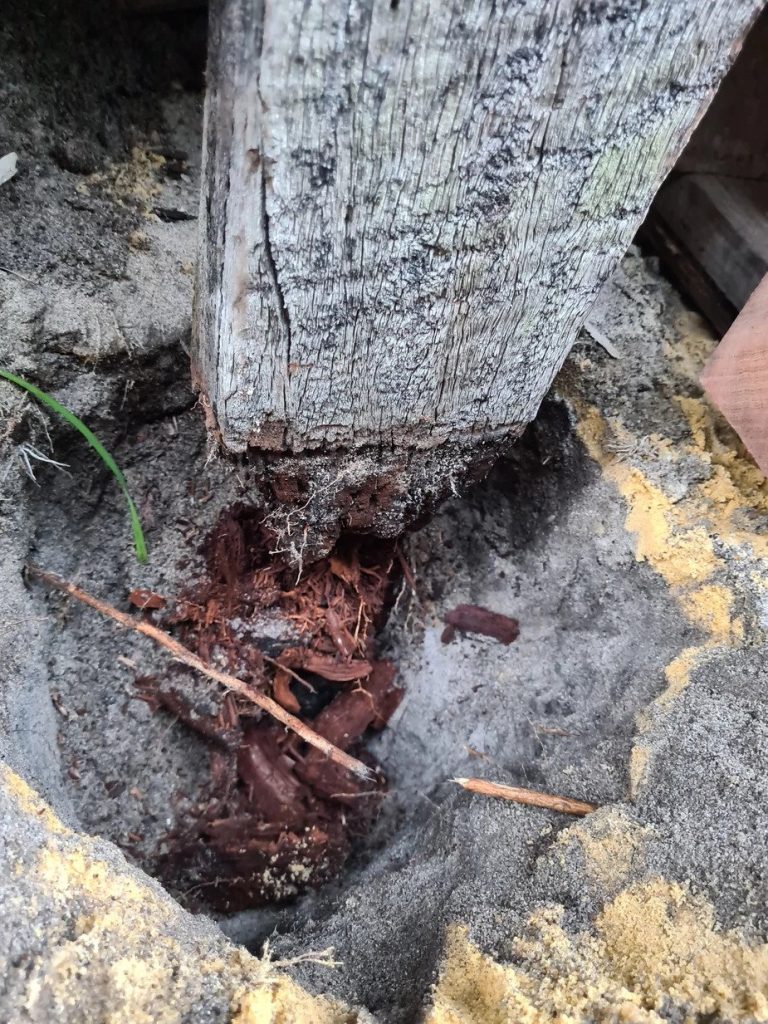Wood Decay Fungi is often not considered a serious pest of timber, but it can become detrimental to the structural integrity of your apartment or home. However, all fungi are not capable of growing on timber. Furthermore, those that do grow on timber may not always be destroyers of wood.
Most fungi that affect wood have the ability to produce microscopic spores that are light-weight and easily displaced by air currents and wind. These spores will land on timber to germinate into their future generation.
Oxygen, moisture and water are the three elements that promote the growth and multiplication of various types of fungi.
The Types of Fungi
-
Brown Rot/Cubic Fungi: These only attack the cellulose, leaving the lignin, which turns brown when exposed. The attacked wood produces larger cubes of wood often darker in color, than it did before the fungal attack.
-
White/Stringy Rot Fungi: The color of the timber growing post-attack is whitish.
-
Soft Rot Fungi: The cell walls of wood are affected leaving the timber cracked. The cubes are mostly smaller than those of other brown rots.
-
Mould Fungi: These spores germinate on moist wood surfaces, but their activity is peripheral rather than internal. Mould fungi cause may allergies in humans.
-
Dry Rot fungi: The term “dry rot” is misleading, because dry wood is not the place for fungi to thrive. The term actually classifies the fungi which are able to survive at drier climatic conditions for as long as 9 years.
Types of Decay in Australia
-
A species of Coniophora (also causing brown rot) is believed to be the commonest house timber decay fungus in Australia.
-
The world’s strongest devastator of timber is Serpula lacrymans (formerly Merulius lacrymans). They attack timber structures in buildings. This kind of brown rot fungi has an optimum temperature for growth at 20 degrees C which is 5 to 8 degrees lower than the temperature required by other species.
-
Buildings in Melbourne where subfloor areas may be protected from the extremes of external temperatures become the shelters for brown rot.
Wood decay fungi are extremely resilient when their colonies are disturbed. They are partially destroyed while some survivors still continue to ravage the timber.
How to Prevent Fungal Growth
When talking of fungi, moisture control is the key focus that can be done in the following ways.
-
Water Drainage: Run-off from higher ground levels or swimming pools needs to be identified and curbed. Drainage issues must be rectified with urgency.
-
Subfloor Ventilation: Often the small vents installed in these areas can be insufficient to facilitate uninhibited cross-flow ventilation. Care needs to be taken to make sure that there are no ‘dead spots’ where air circulation is poor.
-
Protective Treatments: Specialised products are available in the market to treat fungus-affected timber. Waterproofing treatments can also provide long-term safety from fungal defilement.
Contact Darryn for an inspection on 0477716686





